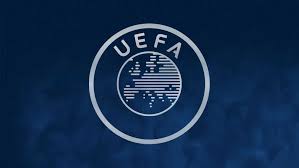June 17 – The 2025/26 European club season gets underway this week in Nyon with the draws for the first and second qualifying rounds of UEFA’s three men’s club competitions. More than 150 clubs from 50 national associations will be involved as the long road to the group stages is laid out.
While most domestic leagues are still in their off-seasons, the European calendar starts in earnest with the early rounds of qualifying. Over 400 matches will be played across July and August to determine the final lineups for the revamped 36-team league phases of the Champions League, Europa League and Conference League.
These qualifying rounds offer clubs from smaller nations their only route into European competition. While many will exit before the summer is over, a handful may go on to reach the group stages, where the financial and competitive rewards are significantly greater.
The draws take place on 17 and 18 June at UEFA headquarters, with club representatives also invited to a social and networking event at the House of European Football.
“This week’s draws are testament to what European football is all about: inclusivity, diversity, fairness and opportunity,” said UEFA President Aleksander Čeferin.
“I am delighted to welcome so many clubs represented in the upcoming draws. This demonstrates UEFA’s commitment in developing club football in all corners of Europe. Clubs from all of our 55 member associations must have a chance to experience world class football and to test themselves in the world’s premier club competitions, while offering their fans a truly international adventure.
“The clubs in tomorrow’s draw and their fans are dreaming big. They follow in the footsteps of giant teams and legendary players. And at the end of the season, European champions will emerge who have had to beat the best to earn their crown.”
The expanded league phase format, introduced last season, remains in place for 2025/26. UEFA has claimed the new setup improves competitive balance and offers broader access, though critics argue that the structure still heavily favours wealthier clubs from Europe’s top leagues.
Contact the writer of this story, Harry Ewing, at moc.l1750190782labto1750190782ofdlr1750190782owedi1750190782sni@g1750190782niwe.1750190782yrrah1750190782

